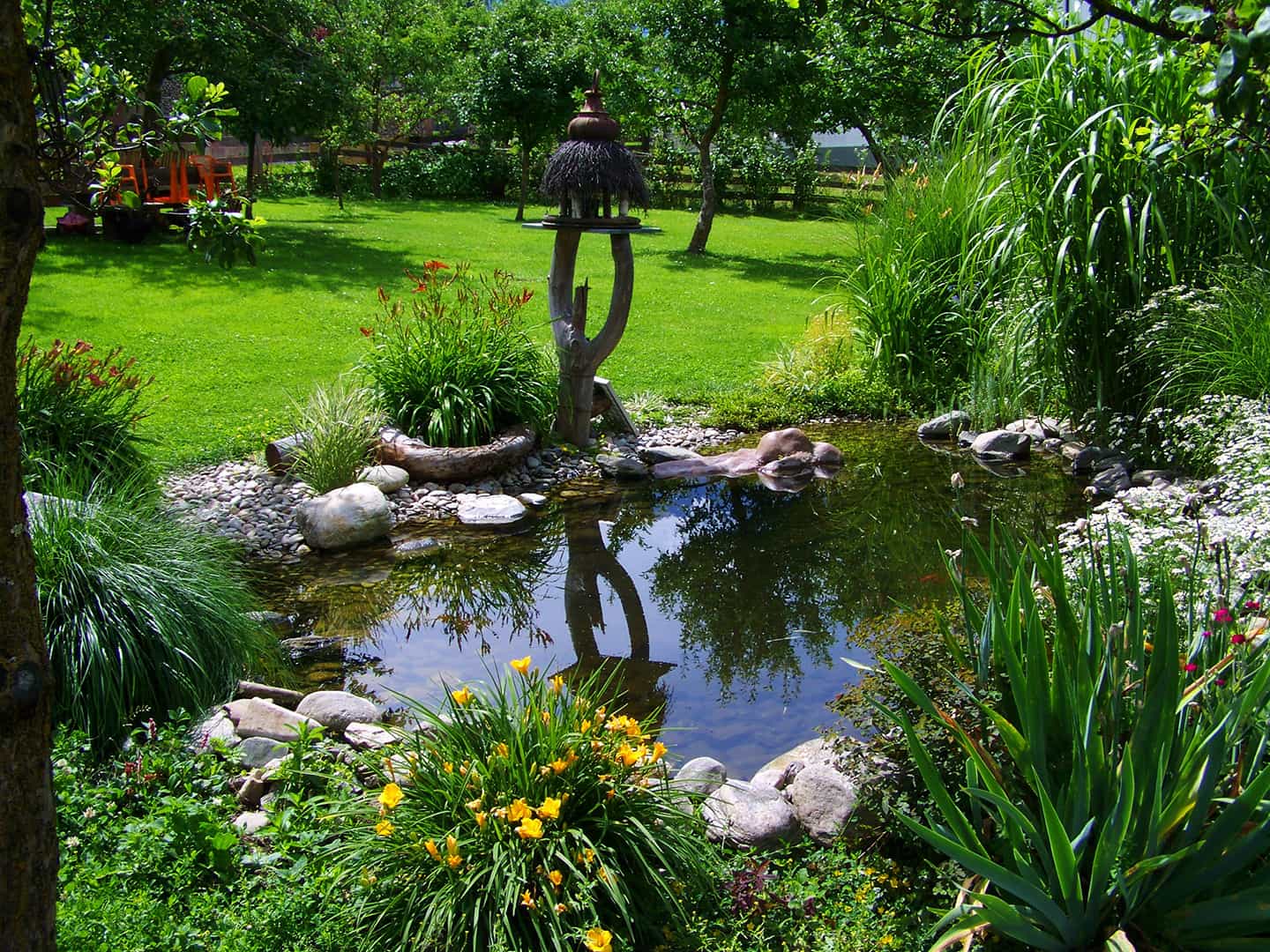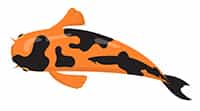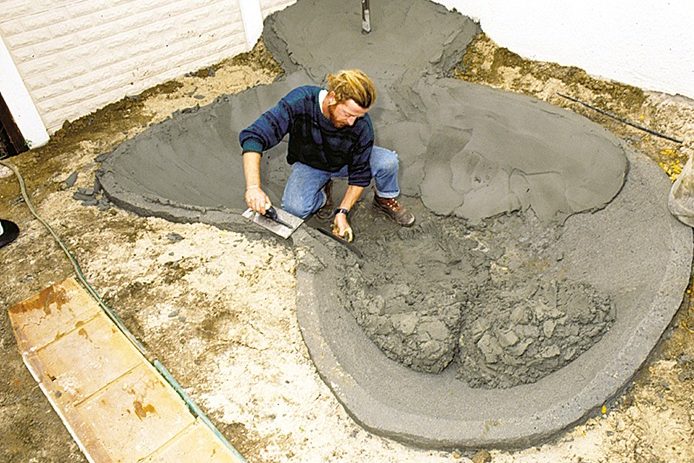
Build a Fish Pond: The Options
If you have never built a fish pond before you may be amazed to discover how many different methods you can use. For this reason the question of how to build a fish pond comes with many different and varied options. Click Here for a few ideas to inspire you.
-
Preformed Pond Liner
The simplest way to build a fish pond is to buy a preformed pond from a shop or online store that sells fish pond supplies.
-
Fish Pond Kit
Another relatively simple option is to buy a fish pond kit that comes with absolutely everything that you need. The most common type has an EPDM pond liner and geotextile underlay as well as a pump, filter, skimmer and all the plumbing pipe work and components needed to install the pond. Some kits include an underwater light as well as start-up water treatment chemicals. Others include sample test kits to introduce you to ways you can monitor the water in your pond.
-
Concrete, Bricks, Blocks, Mortar
Alternatively, you can use materials like concrete, or bricks or blocks and mortar, all of which you will have to plaster and then seal to ensure they are watertight.
Build a Fish Pond: The Process
-
Dig a Hole
Whichever option you choose to use to build a fish pond, unless you are going to build the pond above the ground (which is a popular method for formal ponds and pools), you are going to have to dig a hole in the ground. The depth of the hole will depend entirely on how deep you need the pond to be. This, in turn, will depend on the type of fish you are planning to keep in it.
Koi are fussier than goldfish and also grow much larger, so they will need deeper water. For example, a common goldfish will grow no more than 14 to 16 inches in length, at most, while koi can grow up to 36 inches or three feet. Other pond fish vary in size. For example, golden orfe will grow between 18 and 24 inches, while golden rudd will only grow to 12 inches, which is even smaller than the common goldfish. The latter two types are only available in certain areas, while goldfish and koi are common throughout the world.
-
Line the Hole or Insert the Shell
The next step is to use whatever material you have chosen to create the shape of the pond.
In the case of a flexible or rigid liner, this will already be watertight.
However, if you are using other materials to build a fish pond, you will normally have to take additional steps to make sure that the pond doesn’t leak. If, for example, you decide on a concrete shell, you will need to either use glass fiber to seal it or paint it with non-toxic, rubberized bitumen. You could also use traditional swimming pool paint, although this is not as effective.
More formal ponds may be built from bricks or blocks and mortar, but these must be plastered and the inner surfaces must be sealed.
There are a few other options, including sodium clay (bentonite) that can be spread over the excavated pond and then sealed to form a natural skin. This is, however, a rather more technically challenging pond construction method.
Geotextile materials may also be used to line the excavation if they are coated with at least three layers of bitumen to enable the material to hold water. Although not widely recognized as a pond construction method, geotextiles used this way make incredibly successful ponds, and have also been used to make huge farm dams.
Connect the Pond Equipment
Whichever method you choose, once you have your watertight shell, all you need to do is connect any pumps, filters, water aerators and so on, and you’re ready for fish.














